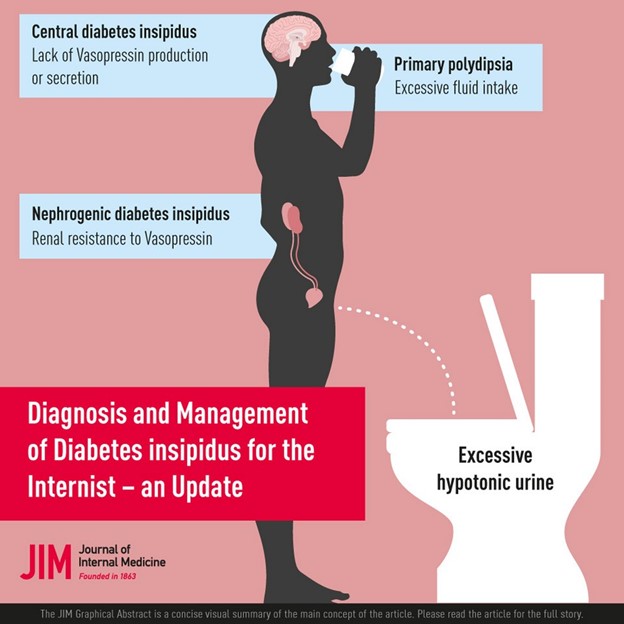The nurse assessing a premature newborn infant auscultates a continuous machinery-like murmur.
This finding is associated with which congenital heart defect?
Pulmonary stenosis
Patent ductus arteriosus
Ventricular septal defect
Coarctation of the aorta
The Correct Answer is B
This is because a patent ductus arteriosus is a congenital heart defect that involves a defect in which the fetal shunt between the aorta and the pulmonary artery fails to close. This causes a continuous machinery-like murmur that can be heard on auscultation.
Choice A is wrong because pulmonary stenosis is a narrowing of the pulmonary valve or artery that obstructs blood flow to the lungs. It causes a systolic ejection murmur that is best heard at the upper left sternal border.
Choice C is wrong because the ventricular septal defect is a hole in the wall between the ventricles that allows blood to flow from the left to the right side of the heart. It causes a loud, harsh holosystolic murmur that is best heard at the left lower sternal border.
Choice D is wrong because coarctation of the aorta is a narrowing of the aorta that reduces blood flow to the lower body. It causes a systolic murmur that radiates to the back and weak or absent femoral pulses.
Nursing Test Bank
Naxlex Comprehensive Predictor Exams
Related Questions
Correct Answer is D
Explanation

Diabetes insipidus is a disorder of the posterior pituitary gland that causes a deficiency of antidiuretic hormone (ADH). This leads to excessive urination (polyuria) and excessive thirst (polydipsia) as the body tries to balance the fluid loss. These symptoms may be so severe that the child does little other than drink and urinate.
Choice A is wrong because oliguria means decreased urine production and is not associated with diabetes insipidus.
Choice B is wrong because glycosuria means glucose in the urine and is associated with diabetes mellitus, not diabetes insipidus.
Choice C is wrong because nausea and vomiting are associated with inappropriate ADH secretion (SIADH), which causes fluid retention and hyponatremia, not diabetes insipidus.
Correct Answer is B
Explanation
Brian playing with his truck next to Kristina playing with her truck. This is because parallel play is when children play side by side with similar toys but do not interact with each other. Parallel play is typical for toddlers and preschoolers.
Choice A is wrong because Kimberly and Amanda sharing clay to each make things is an example of cooperative play, which involves sharing, taking turns, and following
rules. Cooperative play is typical for school-age children.
Choice C is wrong because Adam playing a board game with Kyle, Steven, and Erich is also an example of cooperative play, as they are playing by the same rules and interacting with each other.
Choice D is wrong because Danielle playing with a music box on her mother’s lap is an example of solitary play, which is when a child plays alone and does not seek contact with others. Solitary play is typical for infants.
Whether you are a student looking to ace your exams or a practicing nurse seeking to enhance your expertise , our nursing education contents will empower you with the confidence and competence to make a difference in the lives of patients and become a respected leader in the healthcare field.
Visit Naxlex, invest in your future and unlock endless possibilities with our unparalleled nursing education contents today
Report Wrong Answer on the Current Question
Do you disagree with the answer? If yes, what is your expected answer? Explain.
Kindly be descriptive with the issue you are facing.
